Three new patents filed by Apple show us an unprecedented touchscreen keyboard for MacBooks in as many hypothetical design alternatives.
One of the factors that made iPhone a revolutionary device was, without a shadow of a doubt, the absence of a physical keyboard that represented, at the time, a real step forward compared to the competition.
The flexibility of the capacitive touch screen has marked the fortune not only of the smartphone but also of the company itself, which, as Steve Jobs himself noted in 2007 during the famous presentation event, introduced a whole new concept of the keyboard.
The ability of the keyboard to vary depending on the user has always been one of the programmatic points of Apple products so as to introduce a touch bar on the new MacBook Pro and even get to think of developing a keyboard totally based on the same technology.
One of the three patents clearly shows the desire to replace physical keyboards with virtual counterparts in order to reduce the limits imposed by standardization, giving greater versatility to the product that will be customizable and variable according to use, just as it happens on iPhone and iPad.
Unlike mobile devices born for this purpose, however, the problem is posed by the different ways of using a computer that lends itself more easily to professional and work activities with long-lasting performance.
Actually, typing on a flat panel with no reference points or feedback could be an obstacle to comfort as you would be forced to look at your hands instead of the computer screen.
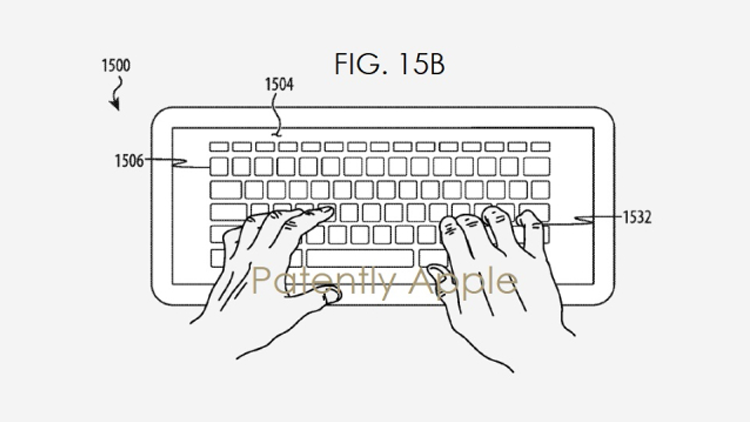
In this regard, Apple has well thought of remedying the problem by combining three possible solutions. The first involves the insertion, at the bottom of the panel, of sensors capable of detecting movement and pressure of the fingers touch the possible, just as it happens with the 3D touch of iPhone.
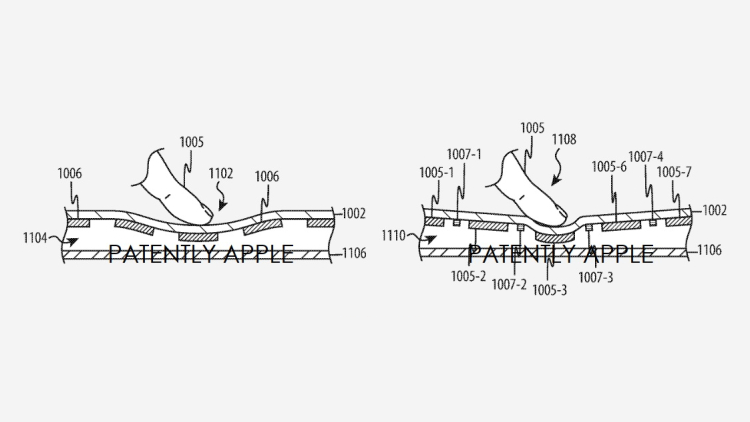
The second patent would instead cover the problem of the tactile reference that would be solved by a system capable of conveying electrostatic energy under the fingers, creating the illusion of the physical presence of keys and related edges.
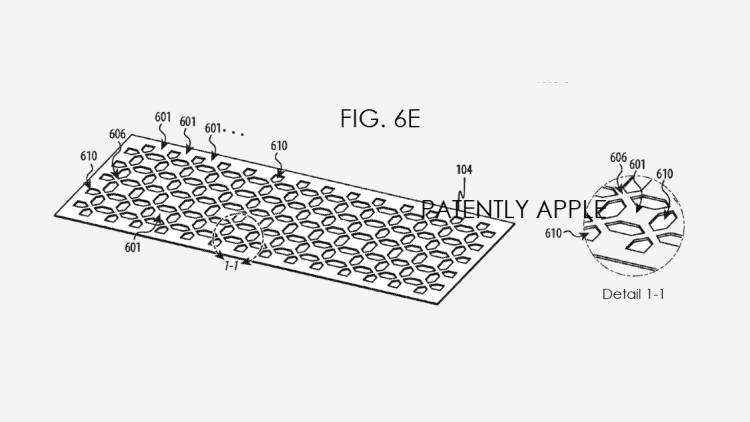
Finally, to simulate the ” click ” of the key during the pressure, they are called into account of the haptic actuators similar to those exploited by 3D touch and Magic Trackpad 2, perhaps integrating a Taptic Engine.
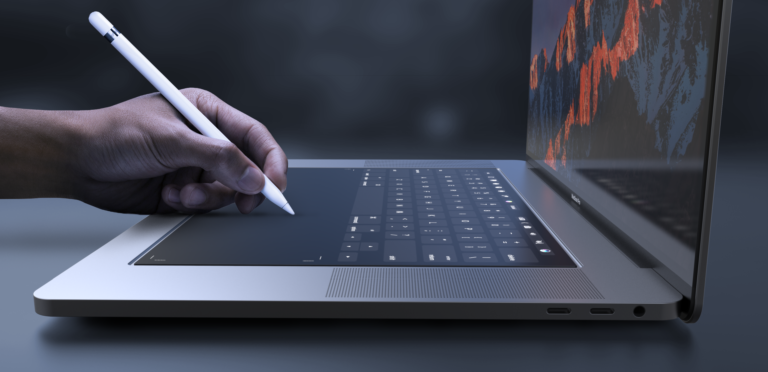
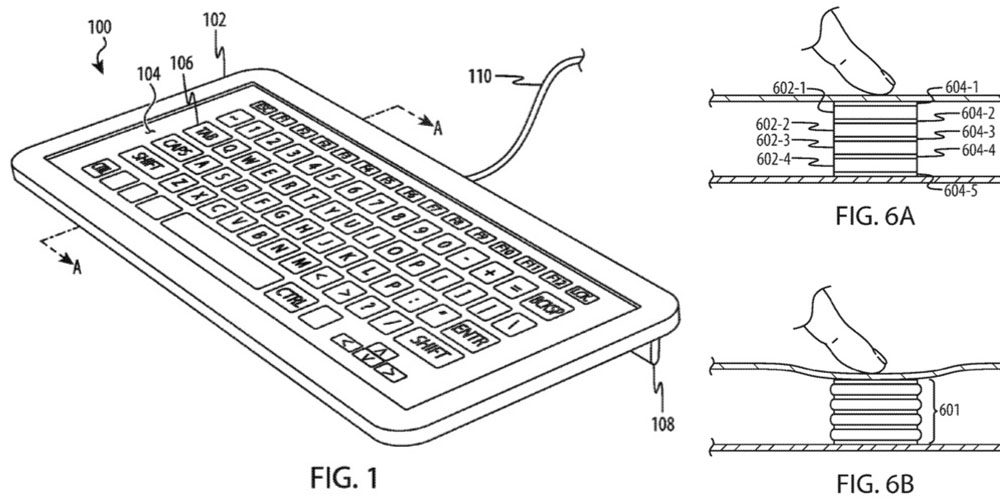


Recent Comments